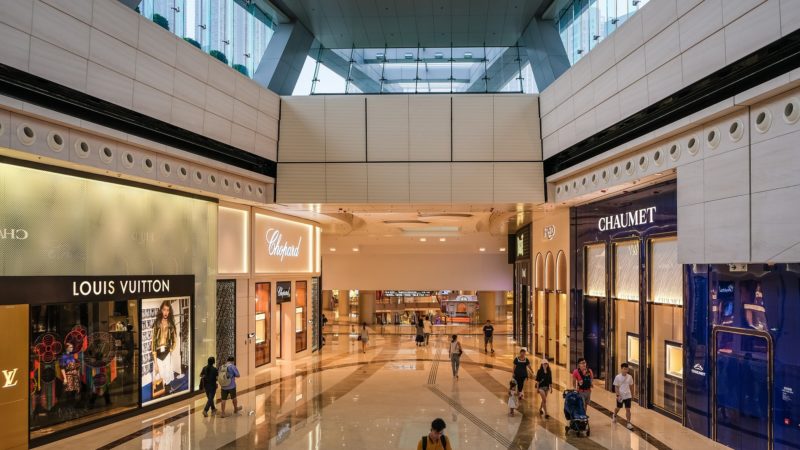Inbound travellers arriving into China and close contacts of confirmed COVID patients will now only need to spend seven days in a designated quarantine facility and a further three days at home to monitor their health, following the announcement from the Chinese government on 28 June. The update has shortened the required self-isolation period by nearly half from the previous “14+7”, which marks the biggest strategy shift following a firm zero COVID policy.
Following the announcement, Mi Feng, spokesperson for China’s National Health Commission (NHC) described the new protocol as a way “to optimise” the current policy, therefore, allowing “a more accurate and scientific prevention”, “rather than a relaxation of dynamic zero-COVID policy”, to stop short of lifting the stringent strategy.
In addition, the new instruction has specified the standards of COVID risk classification and corresponding prevention measures with more frequent nucleic acid testing required for people in occupations at a higher risk of infection.
While the news has cheered up overseas travellers, residents at home, in particular, the capital city of Beijing have woken up to another surprise regarding the city’s COVID Travel Code App. According to the Ministry of Industry and Information Technology of China, the star symbol (which indicates a code holder has a history of travel to middle and high-risk areas but not an indicator of one’s health) will be removed from 29 June, allowing more mobility for locals. This saw an overwhelming welcome from the public with the news hashtag topping the day’s hot search on China’s Twitter, Weibo, which received more than 180 million views.
Meanwhile, Shanghai, China’s financial hub who has been recovering from the latest two-month local lockdown has seen further reopening, with caterers relieved as dining-in resumes as per the local authorities guidance on 29 June. It is, however, understood that only businesses who get a green light after a risk review by the market watchdog will be allowed to provide sit-in services, with a cap of 50% customer numbers to allow social distancing indoors. Diners are required to show proof of a negative PCR test taken within 72 hours and a limited meal session of up to an hour and a half is also in place to minimise the spread of the virus.









